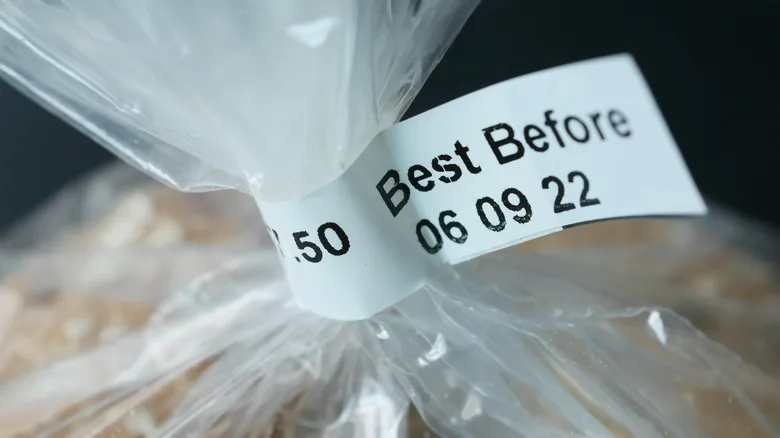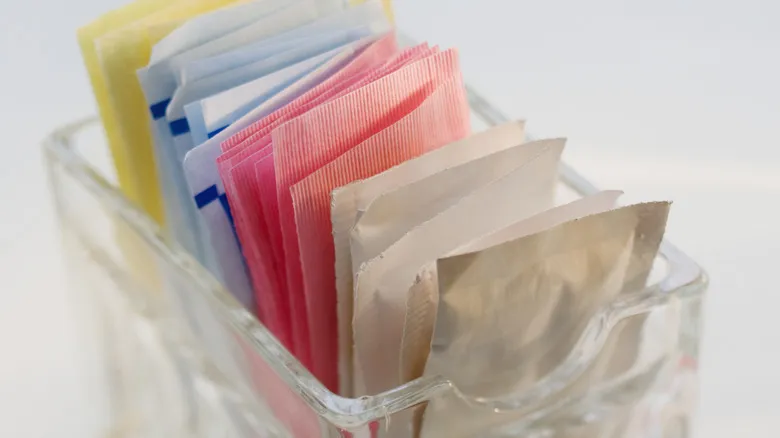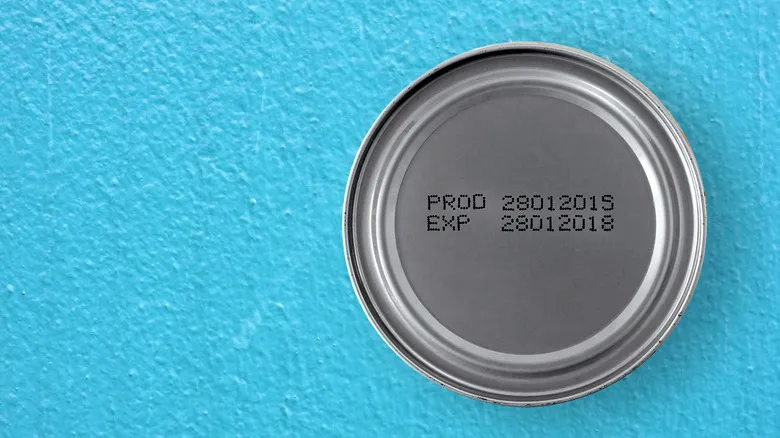Most packaged foods use open dating

Whenever you encounter a food item marked with "Best-By," "Use-By," or "Sell-By," you're looking at an example of open dating. This labeling method is commonly applied to various foods, particularly perishable items like meat, eggs, and dairy products. Many people mistakenly believe that the dates on these labels signify when a food item becomes unsafe to consume, but that's not accurate. Open dating is intended to indicate when a product is at its highest quality.
Food manufacturers have the flexibility to design open-date labels in various ways, but there are several standard terms you are likely to encounter. Phrases such as "Best if Used By," "Use-By," "Best Before," and "Freeze-By" all suggest the final day a product maintains its peak quality. The term "Sell-By" indicates the duration a grocery store should keep the item available for sale.
On the other hand, closed dating, also referred to as coded dating, is utilized for shelf-stable products like canned goods. These labels do not specify an expiration date; instead, they indicate the production date of the food. Closed dating typically follows an MMDDYY format, so a label reading 123123 signifies that the product was packaged on December 31, 2023. Closed-dated labels also feature a tracking code that manufacturers use to monitor their inventory. Overall, closed dating is primarily designed for the benefit of food producers rather than consumers, and it is generally not a reliable indicator of when a food item may expire. However, open dating isn't significantly more reliable either.
Don't put too much faith in expiration dates

Closed dating may not provide much benefit to consumers, but it effectively serves its purpose: aiding the producer. The same cannot be said for open dating. Overall, expiration dating is a flawed system. Without government regulation to ensure consistency, food manufacturers rely on their own judgment to set expiration dates. The primary reason for these labels is to instill confidence in customers.
According to Smithsonian Magazine, expiration labels only became commonplace in the 1970s. During this period, the popularity of processed foods surged, and more Americans began depending on grocery stores for their meals. This shift raised new concerns about food safety, prompting calls for a standardized expiration dating system. While food manufacturers responded to these demands, it’s crucial to understand that expiration dates are not primarily determined with consumer health in mind; rather, the focus is on reassuring customers and safeguarding the brand.
Manufacturers tend to err on the side of caution when estimating expiration dates, often printing dates that are weeks earlier than when the food might actually spoil. This practice unfortunately contributes to significant food waste. According to ReFed, nearly 10% of food waste in the U.S. stems from confusing and misinterpreted expiration dates. To prevent the unnecessary disposal of perfectly good food and mitigate this issue, consumers should rely on their most dependable tools for assessing food freshness: their eyes and nose.
Recommended

The Finger-Licking History Of Artificial Sweeteners

Yes, You Can Increase Your Spice Tolerance. Here's How

What Your Coffee's Source Country Tells You About Its Flavor

How Professionals Taste-Test Olive Oil
Next up

